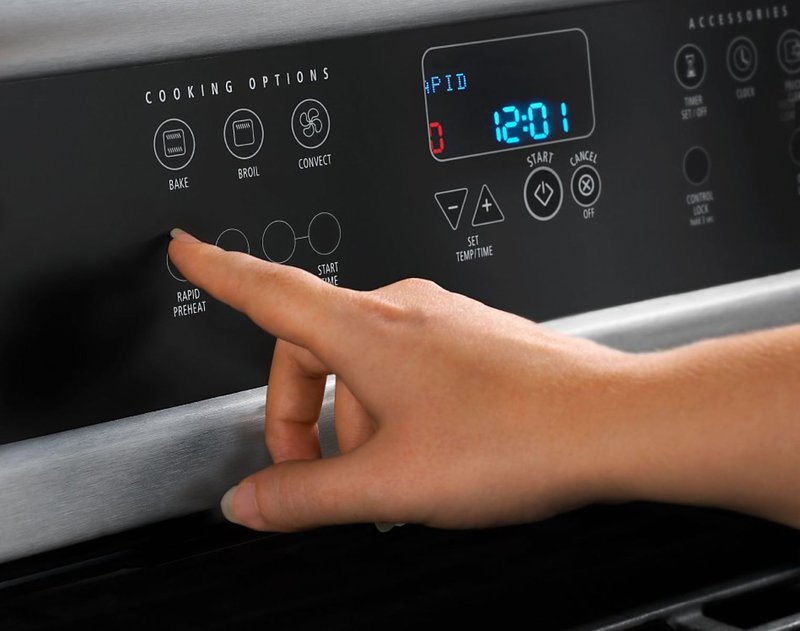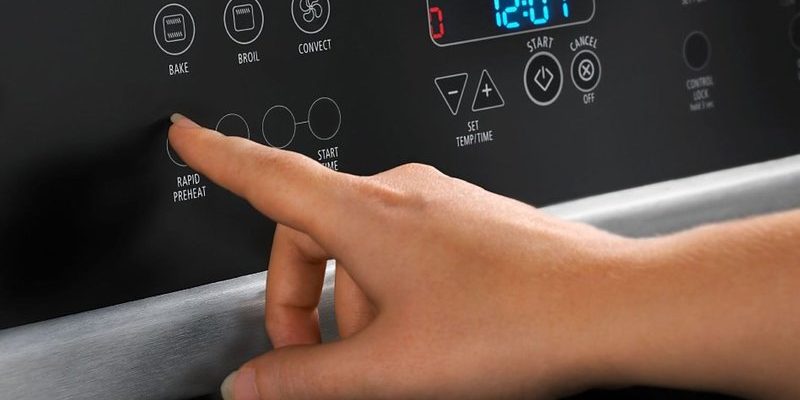
Ovens and ranges are like the heart of your kitchen, serving as the magical box where raw ingredients turn into delicious meals. But just like any appliance, they can run into issues— error codes being a common one. Error codes are the appliance’s way of communicating that something’s not right. Think of it like your car’s “check engine” light. The E1 code on a Whirlpool oven or range is a signal from the appliance alerting you that it needs attention.
Understanding Error Code E1 on Whirlpool Ovens
So, you’ve seen this mysterious E1 code, but what exactly does it signify? The E1 error typically indicates a problem with the oven’s electronic control board or a temperature sensor issue. Essentially, the oven’s brain is struggling to process what’s happening. It’s like your oven’s way of saying, “Houston, we have a problem!”
In a bit more detail, the electronic control board is what manages the temperature control and other key functions of your oven. If something’s off here, it could affect how the oven operates or maintains temperature. Meanwhile, the temperature sensor ensures your oven reaches and sustains the right heat levels, crucial for cooking anything properly. If the sensor isn’t working correctly, the oven might not heat evenly or reach the desired temperature, which could disrupt your cooking plans.
Now, you might be thinking, “Can I still use it?” While it’s tempting to just brush it off, understanding and acknowledging the error is important. Continuing to use the oven with an E1 code can lead to uneven cooking, potential food safety issues, or even further damage to the oven. It’s like ignoring a sore tooth— the problem won’t go away on its own and could get worse.
Potential Causes Behind the E1 Code
You’re probably wondering, “Why did my oven decide to throw a tantrum now?” A few common reasons can trigger the E1 error code. One of the primary culprits is a faulty temperature sensor. This part, just like a thermometer, needs to stay accurate. If it malfunctions, the E1 error code is the oven’s distress signal.
Another possible cause might be an issue with the electronic control board itself. Think of this as the oven’s control center. If the board is getting scrambled signals or even has internal damage, it might start throwing error codes without clear reasons. Electrical surges or just wear and tear over time can lead to these kinds of problems.
It’s also worth considering environmental factors. Excessive moisture, like steam from the cooking process, can sometimes affect the electronic components, making them misbehave temporarily. Ensuring your kitchen is well-ventilated can prevent these issues from cropping up unexpectedly.
Steps to Take When You Encounter an E1 Code
Alright, let’s talk solutions. First things first, don’t panic. Begin by checking the manual that came with your oven. It often has a treasure trove of troubleshooting tips tailored for your specific model. If the manual is MIA, there’s always a chance you can find it online by searching for your model number.
Next, try doing a soft reset. This typically involves unplugging the oven from its power source for a few minutes and then plugging it back in. It’s like rebooting your computer when it’s acting up. If the E1 code continues to persist after this, you might need to consider reaching out for professional help.
If you’re comfortable with DIY repairs and have some technical know-how, examining the temperature sensor and control board connections might be worth a shot. Ensure all connections are secure and check for any visible damage. Still, if the problem persists, calling a qualified technician is your best bet. They’ll have the skills to diagnose and fix the issue without further mishaps.
Preventative Measures and Safety Considerations
We always hope to avoid these techy troubles where we can, don’t we? Keeping your oven and range in top shape is much like maintaining a car. Regular maintenance can catch small issues before they snowball into bigger, costlier problems. Periodically checking the condition of your oven’s components can save you from unexpected error codes.
For example, ensuring your oven is clean and free from food residue is a simple step but a powerful one. Baked-on grease and food particles can interfere with the oven’s performance, leading to potential faults. It’s akin to keeping a clean workspace – it just makes everything function smoother.
Moreover, consider investing in a surge protector. Electrical surges can sometimes be sneaky culprits behind malfunctioning appliances. A surge protector acts as a shield, protecting the delicate electronic innards of your oven from unpredictable power spikes. It’s like giving your oven a little extra armor.
In conclusion, encountering an E1 error code on your Whirlpool oven might seem daunting at first, but it’s manageable with a bit of understanding and patience. Always prioritize safety and seek professional help when in doubt. With the right care and a little knowledge, your trusty oven will be back on its feet, ready to bake those delightful treats in no time.
